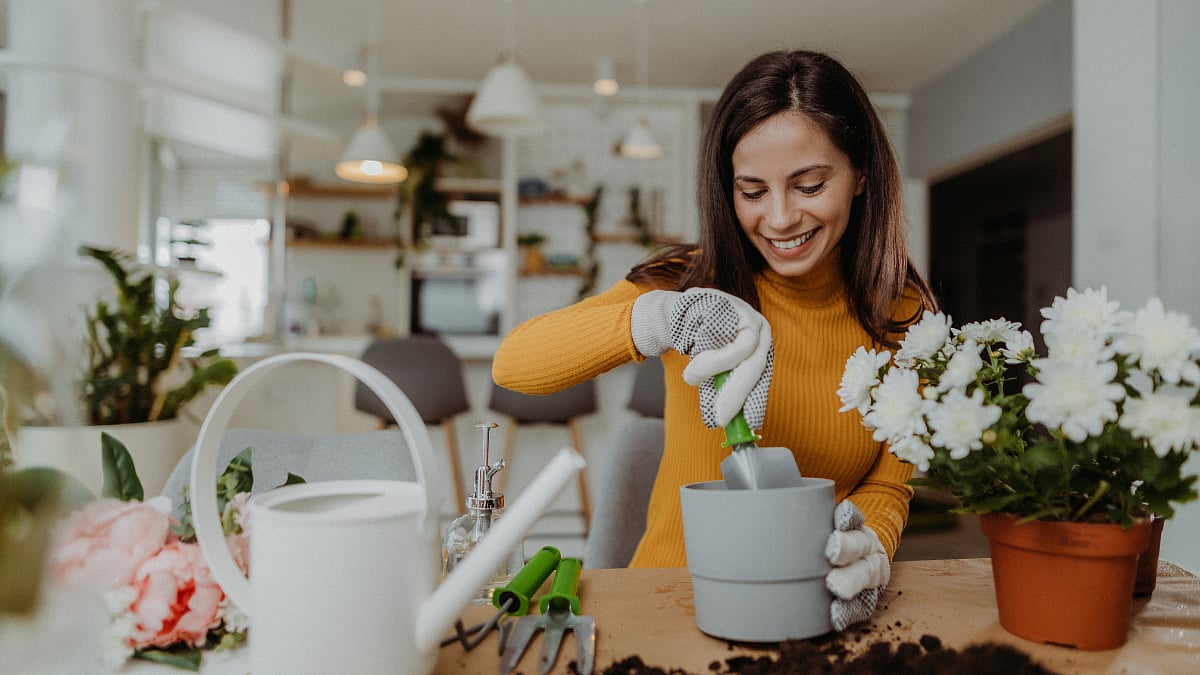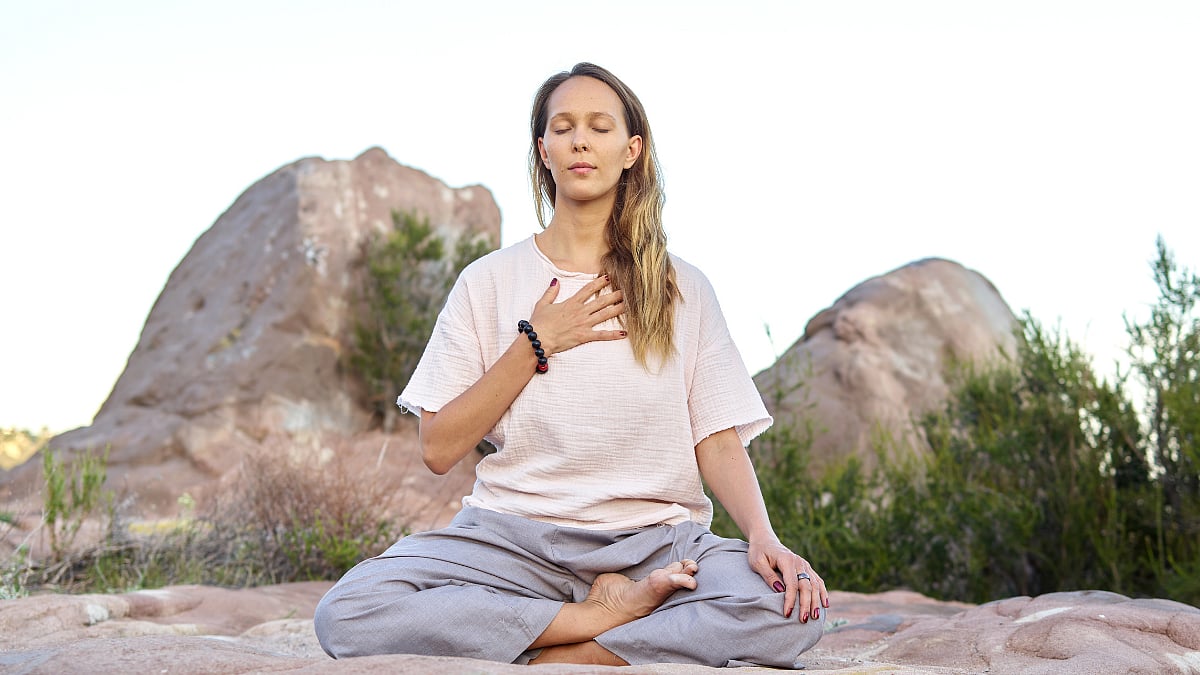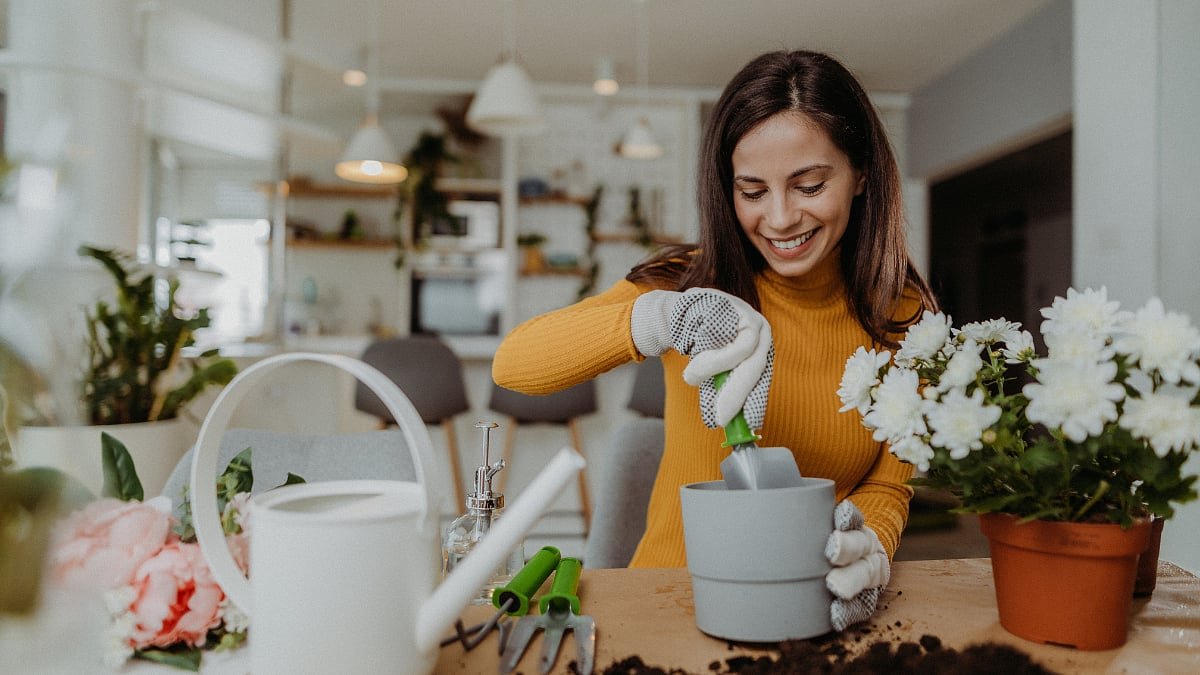There’s something oddly comforting about doing something slow in a world that never stops moving. While everyone else is busy refreshing notifications, chasing deadlines, and trying to keep up with the latest trend, a quiet little movement is taking shape. It’s not loud, it’s not flashy, it’s calm, creative, and deeply personal. It’s the rise of quiet hobbies.
Pottery, knitting, journaling, poetry, and gardening, which once sounded like your grandmother’s weekend routine are now becoming Gen Z’s favorite form of therapy. For many young adults, these slow and mindful activities are not just hobbies; they’re a way to breathe, reset, and feel like themselves again.
“I find peace in writing poetry. When the world doesn’t understand my feelings, my words do. Amid the chaos of a 9 to 5 job, poetry becomes my quiet escape. It calms my mind and makes me feel seen and understood,” says Ritika Rawat, a digital marketing associate who swears by her notebook and pen after a long workday.
Her words hit home for anyone who’s ever felt exhausted by constant multitasking. Between group chats, reels, and work calls, our brains rarely get a break. However, when you write without concern for perfection, time becomes more leisurely. And in that stillness, there’s peace.
Rise of slow hobbies
The last few years have seen a clear shift. From pottery studios to journaling corners, young people are choosing hobbies that let them reconnect with the physical world.
Chandni Shah, a graphic designer, couldn’t agree more. “Adapting hobbies like pottery, journaling, cooking, and yoga is necessary in this generation where everything is digital, fast-paced, and about AI. These types of hobbies help us to be grounded and calm, mindful and relaxing occasionally. Investing our time into such physical activity helps us to detox ourselves from this online world,” she says.
It’s funny, but true, the more the world speeds up, the more we crave things that slow us down. Maybe that’s why pottery classes are fully booked and journaling videos are all over social media. There’s a growing need to touch, feel, and create something real.
Joy of imperfection

For Divya Shah, a working professional, weekends are more about relaxation. “I enjoy pottery and journaling. On weekends, I often feel the need to disconnect from social media and do something that helps me feel calm and centered. That’s when pottery drew me in. Even though pottery workshops can be quite expensive, I still go because they give me a sense of peace. What I love most is that there are no expectations, if the clay doesn’t take shape, no one questions it. It feels like a space free of judgment, where I can simply create,” she shares.
That no-judgment zone is something everyone’s looking for. We live in an age where even our coffee breaks end up on stories, and perfection has become exhausting. But in a pottery studio or while writing in a journal, there’s no audience, no algorithm, and no perfect result. Just you and whatever you’re creating. It feels free, and maybe that’s why these hobbies feel so good.
Why quiet is the new cool
If there’s one thing Gen Z and millennials are redefining, it’s how we view productivity and peace. For a generation raised in a world of noise, choosing calm has become the new rebellion. Quiet hobbies, whether it’s poetry, sketching, or even tending to plants, bring a sense of grounding that’s often missing in city life.
There’s also a strong emotional and psychological benefit. Many studies have shown that creative, hands-on activities reduce stress and anxiety while improving focus and mindfulness. But beyond science, it’s simply about joy. The joy of creating something for yourself. The happiness of being fully present in a moment without checking your phone. Watching clay take shape, feeling the pages of your journal fill up, or seeing a painting slowly come to life, it’s the kind of joy that can’t be replicated by likes or notifications. It helps people realize that peace doesn’t always come from silence, but from stillness within.
Hobbies circle

More people are realising that quiet hobbies are not a trend but a reset button. They offer a way to disconnect without guilt and reconnect with yourself instead. And what’s important is how they’re creating communities around this calmness. Pottery and knitting circles, journaling clubs, and even poetry open mics are popping up everywhere, places where people gather, not to show off, but to share.
Shalini Sharma, who loves art and painting. She reveals, “I usually attend workshops, and I observed that instead of loud parties, many are choosing cozy creative evenings. There’s laughter, conversation, a bit of mess, and a lot of calm. It’s social, but not draining, productive, but not pressured.”
Somewhere along the way, slowing down became cool again. Maybe it’s because people are realizing that peace is not about escaping life but about engaging with it differently. So next time you feel burnt out or restless, maybe skip the endless scrolling and try something slower. Pick up a pen, a brush, gardening tools, or a handful of clay. Don’t think about how it looks or what others might say, just create. You might be surprised by how much peace a little silence can bring.

